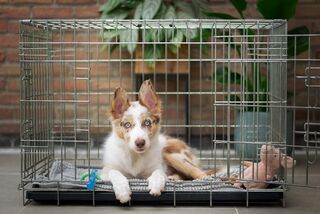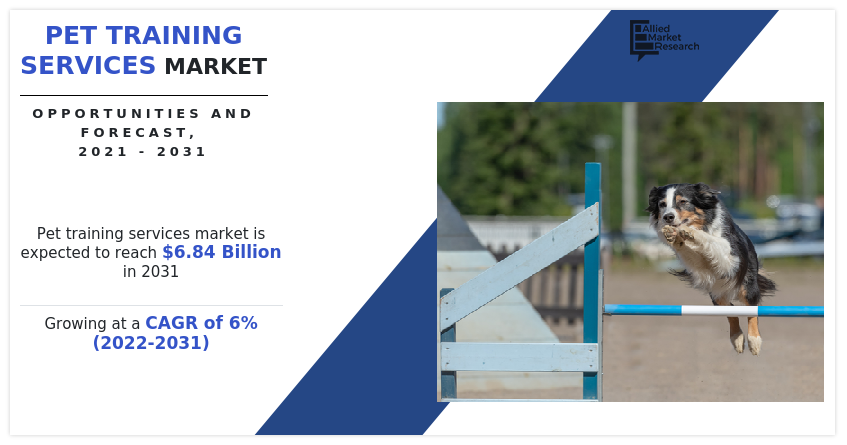Whilst caging puppies and other domestic animals is hardly a new idea, the crate—the cage inside of a home—has come to be increasingly preferred. In fact, crates are normally provided in the points that all accountable puppy guardians have and use, and numerous pet teaching books advocate “crate education,” which requires prolonged durations of confinement to assist in house schooling. The crate is now so ubiquitous and unquestioned that the noun “crate” has develop into a verb, a puppy-keeping exercise: crating. “Just a sec, I’m crating my pet dog.” But crates and crating procedures might be worthy of a nearer seem for the reason that they have significant welfare implications for dogs. A crate is continue to a cage, and confining animals in cages is ethically problematic.
Aren’t crates just like dens?
Crate aficionados assert that dogs like to be in crates. The crate, they say, is a normal hidey-hole that would make canine come to feel serene. A crate is just like a den.
This is a widespread and sneaky substitution of a little something unnatural for some thing normal. Certainly, denning is component of maternal conduct in free of charge-ranging canine and in other canids. But no canid lives in a den over and above early puppyhood. On the opposite, puppies are extremely social mammals who need to have and want to be in shut proximity to their family members. Isolating a canine in a crate is one of the most unnatural factors we do to them.
Why may possibly crates be problematic?
A 1999 paper by animal conduct scientist Bonne Beerda and colleagues in the journal Physiology and Actions mentioned the successful use of social and spatial restriction to induce persistent pressure in a group of laboratory beagles. Puppies ended up confined to particular person crates for 6 months, with no social interaction or even visible accessibility to other canines. The socially and spatially restricted dogs “exhibited a heightened condition of aggression, pleasure, and uncertainty” and confirmed hormonal and immunological changes related with superior amounts of tension.[i] How is crating a pet puppy in the house distinct from what is explained in these content as “social and spatial restriction” in a laboratory? What period of day by day crating for a pet dog would lead to persistent pressure? One particular hour? 8 hrs? Twelve hrs?
When chatting to people about their crating procedures, I normally sense an undertone of discomfort. Unprompted, people today will inform me they do have a crate and that they “crate-trained” their pet. “But,” they will speedily increase, “we don’t ever lock the crate door now. And Bailey in fact loves her crate. She goes in there all on her possess when she wants to sense safe.”
This calls to mind the seemingly counterintuitive actions of ex-prisoners who lengthy for the safety of confinement. But the concept to attract from this is not that incarcerated people want to keep on being locked up simply because they appreciated their time in prison. The psychological inspiration is trauma the long-term reduction of free selection improvements people today. It just about definitely also changes dogs, too. And being in a crate, regardless of whether as a pet or an grownup, requires a continual decline of cost-free preference.
Most crates bought by pet suppliers are also smaller.
Like the shock collar, a crate is a common software inside of the context of the serious exploitation of puppies in laboratory investigate. Oddly, the pointers about ideal cage dimension established forth by the U.S. Division of Agriculture—which is not identified to be a excellent mate to animal-kind—are a lot more demanding than those commonly utilized by unique pet dog guardians. In point, particular person canine guardians have no lawful need to observe the USDA’s Animal Welfare Act pointers, nor are there any limits on how pet dog cages or crates can be marketed and sold. My guess is that almost all crates utilized to confine pet puppies would be judged by the USDA as too tiny.
I followed the USDA calculations to obtain the right dimension crate for my puppy, Bella: Bella is about 39” extensive. So, the ground dimension of her crate would need to have to be 14 sq. feet. The dimension suggestion on Chewy’s web-site for Frisco Fold & Carry (which seems to be like the crate we have for Bella) is a lot more like 8 square feet, and that’s assuming I dismiss the “your pet’s weight” column, which would have put Bella in a medium size, 5.75 square ft. The only consolation below for Bella is that she doesn’t stay in her crate the way canine in a analysis facility or industrial breeding operation would. The crate is folded up in our basement and is only there for veterinary emergencies.
There is a time and location for crates, but the door ought to be open up (except in emergencies).
Like muzzles, crates are a instrument with great value in a very slender variety of cases. We ought to look at it a kindness to assistance all pet dogs discover to truly feel snug in a crate. The crate—with the door large open—can be a secure position for a canine to go when he or she would like some time on your own, desires refuge from screaming kids, other pets, and so forth. Applied in this way, the crate increases a dog’s autonomy due to the fact she can decide-out of social interactions with other people in the household.
There is also worth in serving to a dog come to feel at ease in a crate with the door shut because there could be periods when this sort of confinement is important for the puppy. The most noticeable case in point that comes to intellect is for the duration of an disease or right after surgical treatment, when a canine could require to be kenneled at the veterinary clinic and although in recovery at home. If becoming crated is familiar and has favourable associations—lots of treats and praise, small panic or anxiety—then the strain of the surgery or illness could be to some degree reduced.

A crate with the door open up can be a pleased position.
Supply: Alya Verschueren/Unsplash
Far too generally, however, crating is a practice that serves us relatively than our canines. Crating lets us to go about our personal lives with undesired constraints devoid of stressing about a doggy peeing on our rug or chewing on our furnishings. But it does not automatically provide our pet dogs, and we really should be conscious about our crating techniques and make absolutely sure they are largely serving the interests of our canine. In this spirit, we might consider getting rid of the expression “crate” and alternatively just say “cage.” “Crating” is a euphemism that blunts our moral curiosity to “crate your canine whilst you are away from the house” seems benign.
Shaping the way crates are promoted, bought, and explained in instruction literature could assistance cut down and refine their use by canine guardians by shifting the narrative from the patently absurd “all dependable pet dog proprietors use a crate” to the a lot more acceptable “this is a tool you could possibly take into account having close to, but it must be utilised with intense warning.”
